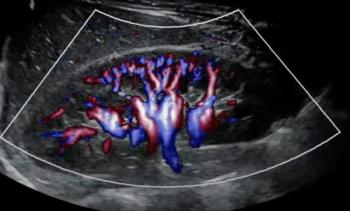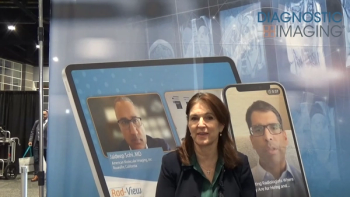
Technology Helping with California Dose Reporting Law
Stacy Johnson, of Presbyterian Intercommunity Hospital, discusses the use of technology to meet California’s dose reporting requirement and the law’s impact.
[[{"type":"media","view_mode":"media_crop","fid":"11717","attributes":{"alt":"","class":"media-image media-image-right","id":"media_crop_6619228342543","media_crop_h":"0","media_crop_image_style":"-1","media_crop_instance":"206","media_crop_rotate":"0","media_crop_scale_h":"0","media_crop_scale_w":"0","media_crop_w":"0","media_crop_x":"0","media_crop_y":"0","style":"margin: 5px; float: right; border-width: 0px; border-style: solid;","title":" ","typeof":"foaf:Image"}}]]A new California law that went into effect this year requires diagnostic radiologists to include radiation dose levels in all CT reports. The dose reporting is expected to lead to data mining opportunities about radiation exposure and public health.
Many radiology departments and groups have turned to technology solutions to help manage this new requirement. In this podcast, Stacy Johnson, director of the radiology business unit at Presbyterian Intercommunity Hospital in Whittier, Calif., discusses their approach using the Radimetrics solution and the broader impact of the legislation.
Newsletter
Stay at the forefront of radiology with the Diagnostic Imaging newsletter, delivering the latest news, clinical insights, and imaging advancements for today’s radiologists.




























